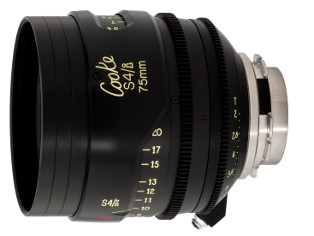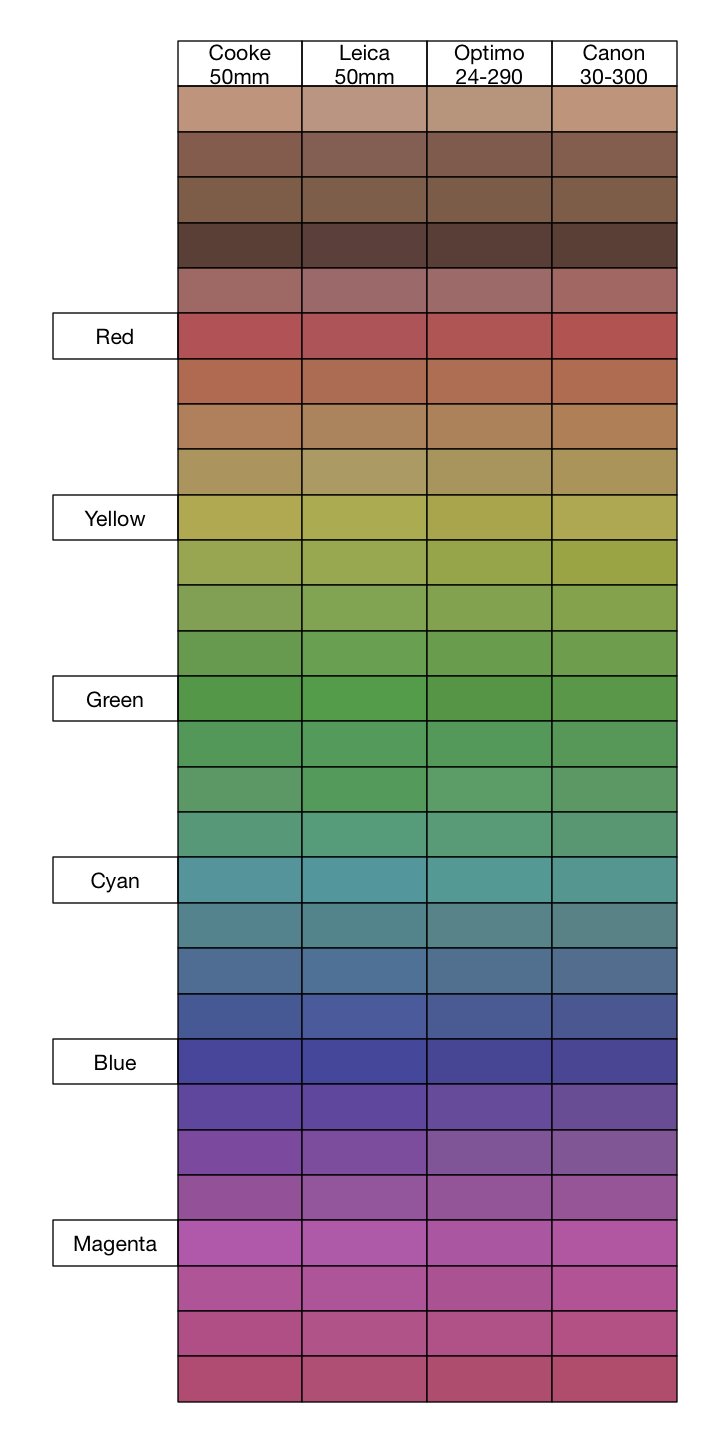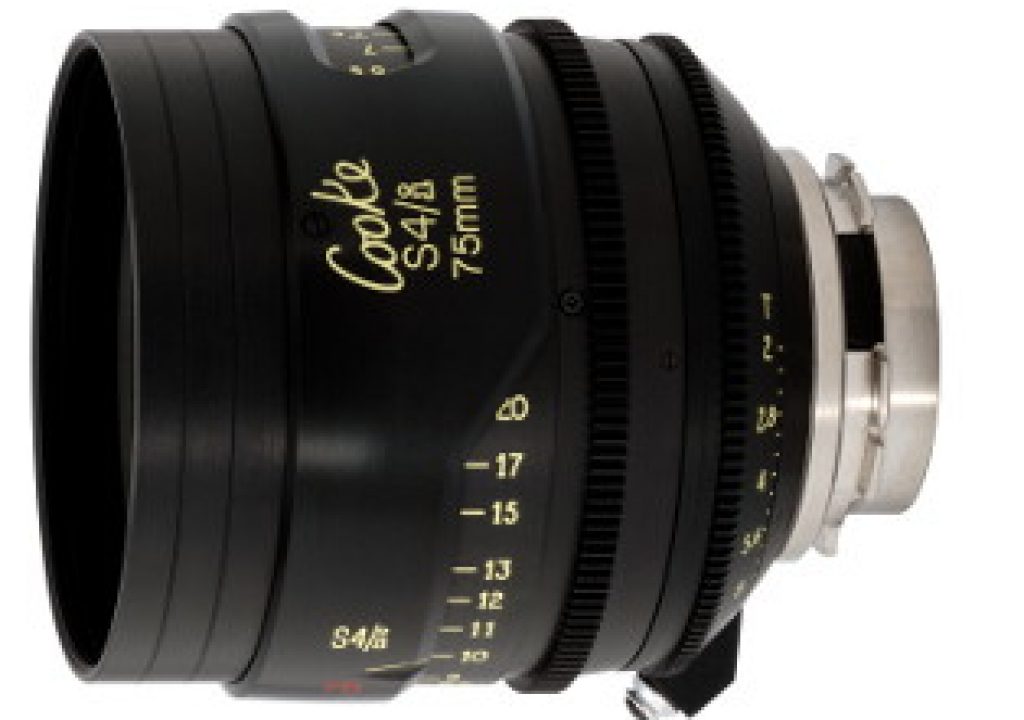Lens color hasn’t been on my radar until recently. I didn’t know how much I didn’t know until I took a closer look. Sometimes ignorance is bliss…

In my commercial work I most often shoot with either primes or a zoom, but almost never both. My workhorse prime lenses are Zeiss Ultra Primes, which are contrasty but generally pleasant to work with. Occasionally the budget will allow for Cooke S4s, which I enjoy because of their painterly bokeh and soft touch on faces. When I work with zooms I choose from: the Angenieux Optimo 12-1 for it’s range and wide T-stop (2.8); the Canon 30-105 or 30-300 cine zooms if I’m on a budget; or the Fujinon Cabrios with their wonderful built-in macro adjustment if I have to work fast and shoot product shots mixed with live action. I almost never mix and match lens brands.
Not long ago I shot a travel job with three cameras: two using Cooke primes and one with a zoom. In the past I’d used Canon cine zooms for budgetary reasons, but the only long zoom we could find on location was an Angenieux Optimo 12-1 (24-290). I wasn’t happy with the results. The Optimo was cooler and greener than the Cookes, and the difference was obvious on set.
The next time I took on a project for this client I resolved to do a better job matching my primes to the zoom. My client preferred either Cooke S4 or Leica Summilux-C primes, so I tested one of each kind against a Canon 30-300 and an Optimo 12-1.
What I saw was somewhat surprising.
It’s hard to look at a random picture and judge the quality of a lens or camera. I find it much more helpful to isolate the qualities I’m looking for by using a test chart. In this case I photographed a DSC Labs Chroma Du Monde with each lens mounted on an Arri Alexa. The test chart was lit by a daylight Kino Flo, which wasn’t ideal due to its imperfect spectrum. As I was in a hurry, the light was pre-rigged at the rental house, and we often use these lights on set, it seemed like a valid way to test the lenses.
I was shooting under a funky light source so I opted not to go with a 5500K white balance preset. Instead I white balanced through the Cooke S4 and compared the other lenses to the Cooke.
I brought the footage into DaVinci Resolve, applied the standard Arri Rec 709 LUT to the LogC footage, and exported JPEGs. I then used a color picker to sample each color patch on each chart. I used that information to build a comparison chart in Omnigraffle. Here are the results:

The top row of flesh tone patches shows the most obvious differences, with the Cooke and the Canon appearing warm while the Leica and the Optimo look cool by comparison. The Optimo looks a bit too green and the Leica looks a bit too blue. The bottommost flesh tone patch, just above the red patch, seems to show this as well. The Leica patch skews purple and the Optimo looks desaturated due to excess green.
The red patches are also revealing. The Cooke and the Canon match best for hue, with the Canon red being more saturated. Leica’s red is a dull due to the addition of blue, while the Optimo’s red is a touch orange due to the addition of green.
I looked down the chart looking to see which lenses saturated which colors. The Cooke seemed the most “neutral” but that could have been because it was the reference lens through which I’d white balanced. I found its rendition of red the most pleasing as it wasn’t as “punchy” as the Canon zoom, which saturated red more than any of the other lenses. The Leica seems to be more cyan, as born out by the fact that it renders the green, cyan and blue patches a brighter hue than any of the other lenses. The Optimo has the most saturated green patch and that color cast seems to carry through all the other hues.
Canon 30-300mm Cine zoom
Leica Summilux-C 50mm
Angenieux Optimo 12-1 (24-290mm)
In short:
The Cooke prime exhibits a pure but not overstated red. It also has the most pleasing differentiation between flesh tones.
The Leica prime emphasizes blue and green over red, at least by comparison to the Cooke.
The Optimo has a green cast.
The Canon favors red over blue across the board: it will always saturate red and desaturate blue. I used a color picker to compare several patches between the Cooke and the Canon and discovered that their red patches were nearly a perfect match. The Canon sees a little less blue and a tiny bit more yellow (159, 63, 64) than the Cooke (159, 61, 68). The Canon enhances any patch with red in it (as seen in the transition from blue to magenta) and downplays blue across the board.
In the end I felt that the Cooke primes and Canon zoom matched the best for color. The Canon didn’t distort red and blue, it just saw more red and less blue when they were present. This has little to no effect on how the lens renders flesh tone as it contains little blue.
The Leica and the Optimo are a better match. While the Optimo sees green more easily the Leica saturates blues and greens more than the Optimo does. In fact, the Optimo doesn’t seem to saturate any hues particularly well. Based on this test it seems to be the dullest lens of the bunch.
I should note that white balance adjusts red and blue in relation to green. Using the Cooke as my white balance reference certainly skewed the results in its direction. Still, it’s nearly impossible to perform an objective lens comparison test. There must be a reference against which color is judged, and that requires a lens. A fairer test might be to reshoot this comparison using a camera preset under controlled tungsten lighting. In this case I wanted to find a color match between a prime and a zoom, and I succeeded.
None of this matters a ton if you’re not mixing and matching lenses. I don’t look at the work I’ve shot on Cookes and say to myself, “That’s obviously so much more amazing than what I’ve shot on Ultra Primes!” Lenses make a difference, but for me the lighting, choice of camera and grading make significantly more of a difference to the look. Still, knowledge is power, and it’s good to know that mixing lens types may result in more time grading dailies or dealing with awkward questions on set.
Disclosure: I have worked as a paid consultant to DSC Labs.


